We’ve been publishing a good number of ’10 best’ lists among which are recommendations for surfing the Internet anonymously, VS Code extensions, and Linux distros to install on a USB stick. As always, you can use the search field to request for any topic you’re interested in.
Today, our focus is not on just Linux distributions, but the ones best suited for developers and programmers. This means that from the first time you boot the OS to when you install the applications you need to set up your environment, the prerequisite procedures are like a walk in a park, and your programs run without irritating interruptions.
1. Ubuntu
Ubuntu is a user-friendly Operating System designed with the aim of making GNU/Linux available to everyday users without losing the standard of computing power any field expert e.g. programmer or research scientist, requires to do their work.
Ubunu OS is the most critically acclaimed Linux distribution in the world and was at one time the only non-Windows or Mac Operating System that most of the world knew. In fact, a large amount of the open-source awareness we have been seeing in the past couple of years is directly tied to Ubuntu and the efforts that its mother Company, Canonical, has contributed to the community.
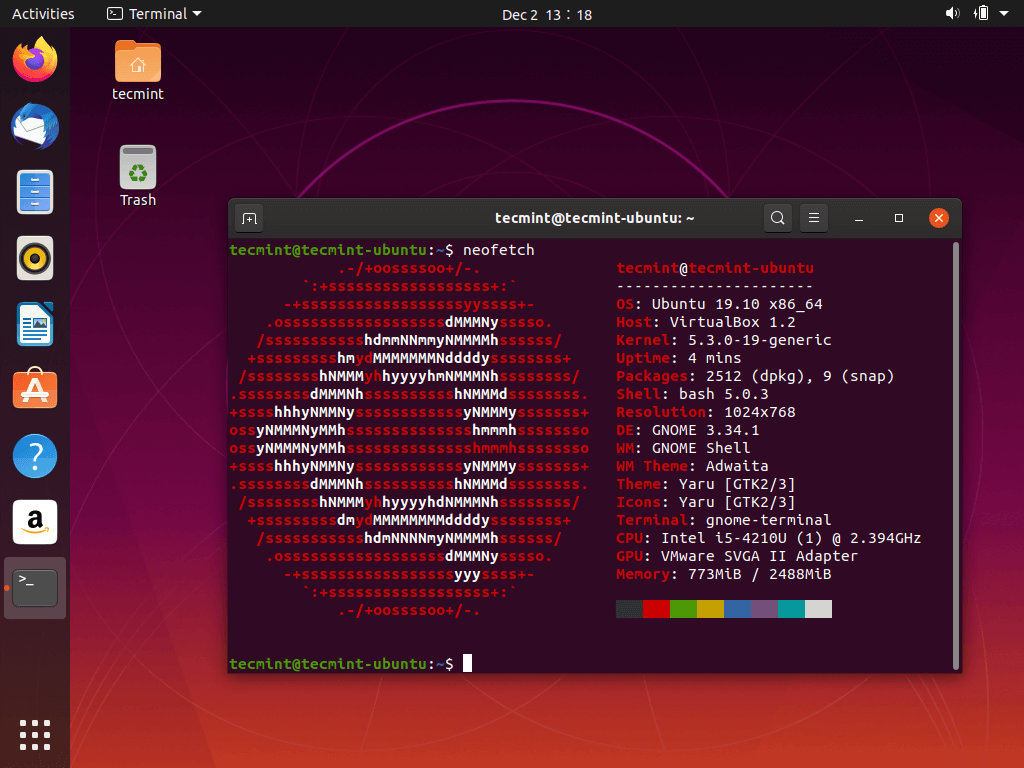
Recommended: 34 Must-Have Ubuntu Apps
2. openSUSE
openSUSE is a professionally and community-supported Operating System designed to provide field experts with a reliable computing environment for their work. It is distributed in 2 versions, Leap – a Long Term Support (LTS) release, and Tumbleweed – a rolling release, and they both use the YaST package manager for delivering applications to users.
openSUSE is an independent Linux distribution that is sponsored by SUSE Linux in collaboration with other companies and it aims to dramatically simplify the process of developing and packaging software for developers and vendors.
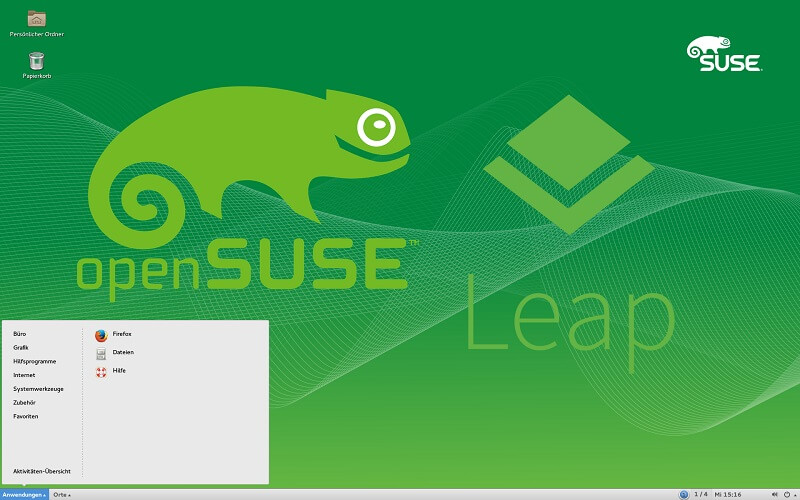
3. Manjaro
Manjaro is an Arch Linux-based Operating System designed to be fast, user-friendly, and intuitive while flexing the power of Arch Linux and a lot more. It is built to have a sleek UI design that migrants from Windows and Mac platforms will have no issues using and it is available in both official and community-supported editions.
Apart from benefiting from the awesomeness of Arch Linux, Manjaro users enjoy the ability to configure multiple kernels and take advantage of special bash scripts for configuring the system to their taste.
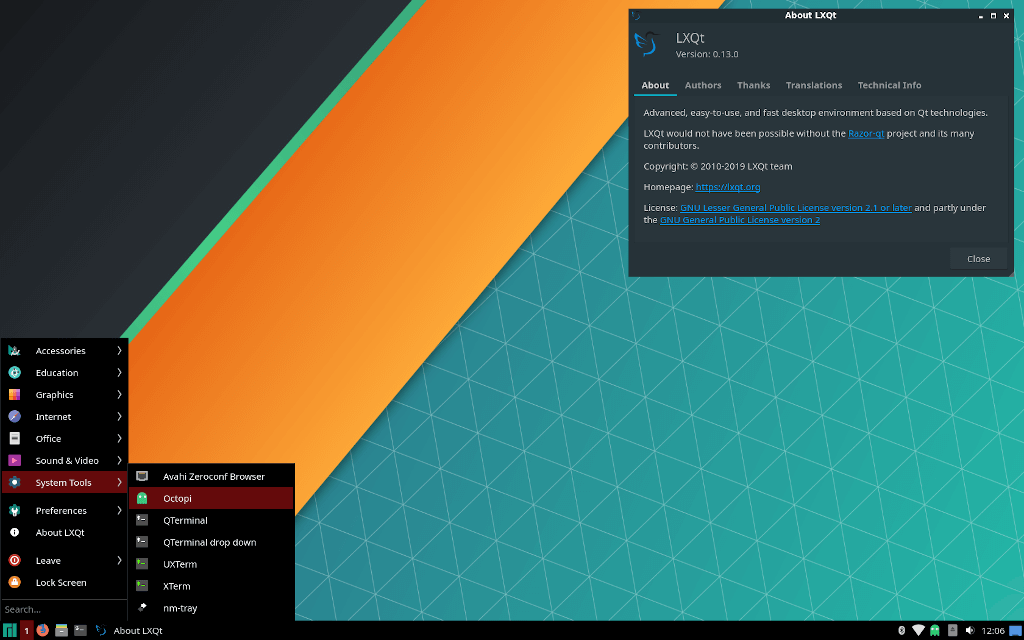
Recommended: 10 Reasons to Use Manjaro Linux
4. Debian
Debian is an independent Linux distribution that was started by the joint association of individuals with the desire to make a free Operating System available to the world. It is designed to be a computing powerhouse capable of running on different types of hardware especially when being used for development.
Debian is one of the few OSes to ship with over 50,000 packages and precompiled software conveniently packaged for easy installation, configuration, development, and has since given rise to more distros than any single person would care to count. And yes, you know at least one of such distros – Ubuntu.
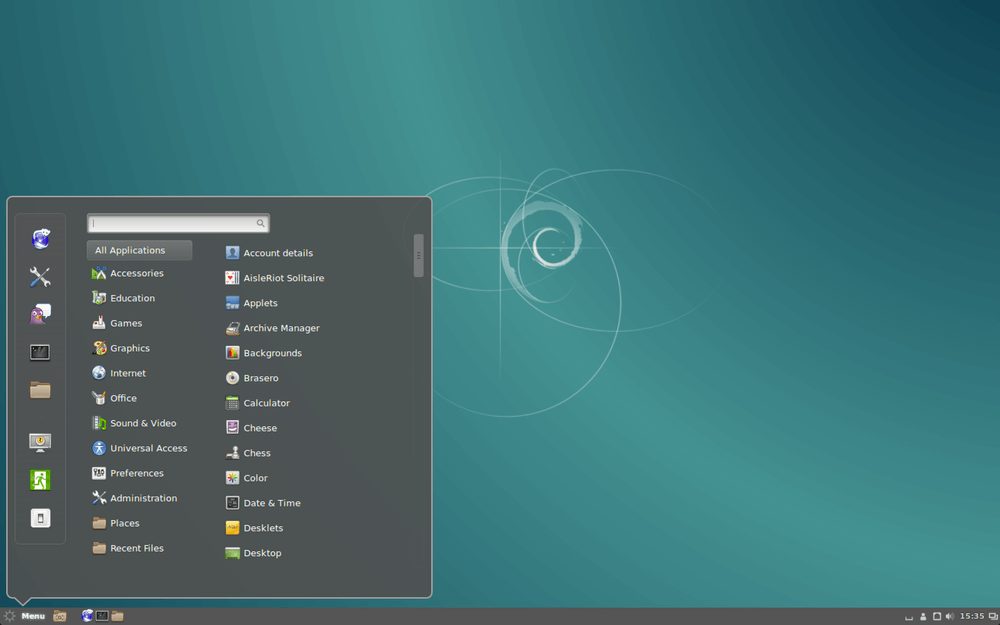
5. Fedora
Fedora is a free and open-source Linux distribution built with the aim of encouraging cutting edge technologies by spearheading innovation, working closely with Linux communities, and being amongst the first to integrate new technologies.
It is sponsored by the Fedora Project and owned by Red Hat, developed independently of any other Linux distribution, and is available in several versions referred to as ‘Spins‘. And these spins are built with unique areas of focus such as gaming, security, computing & robotics, etc.
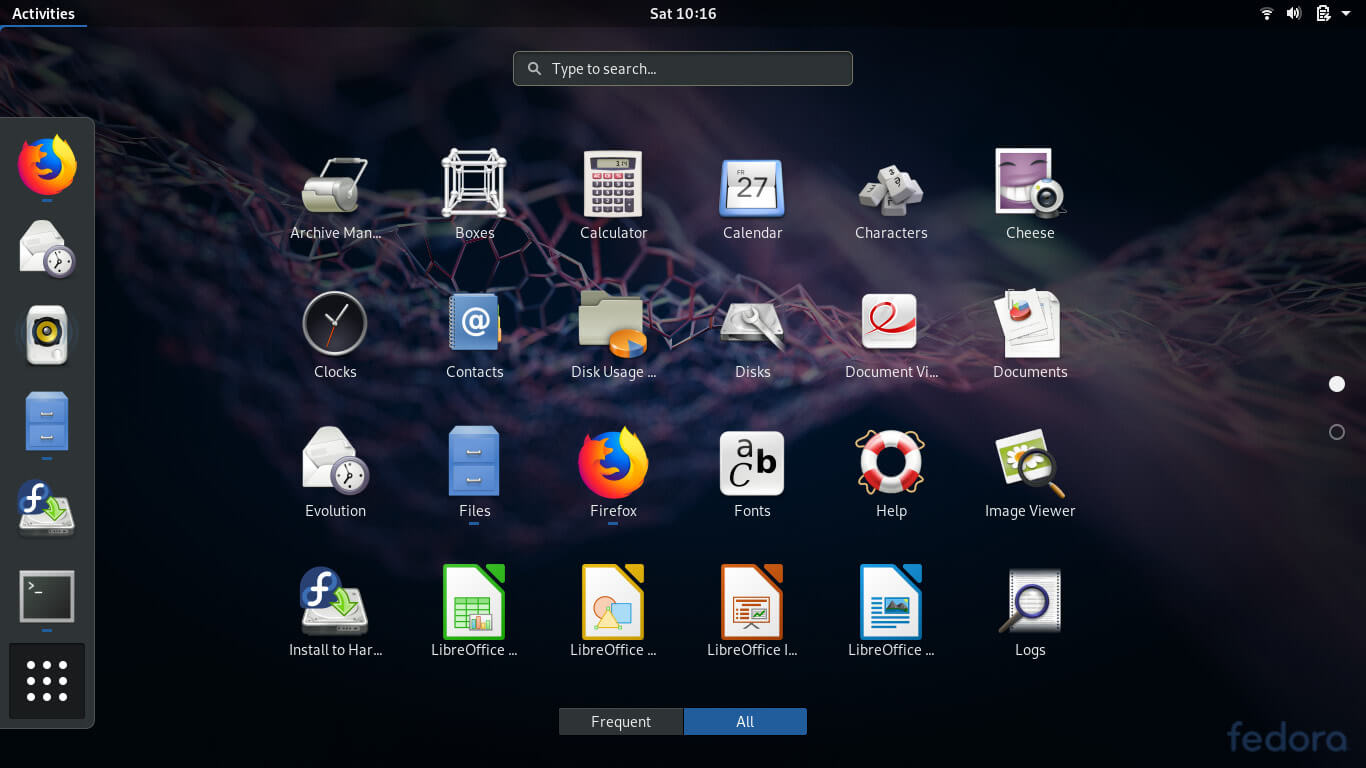
Recommended: The 10 Best Reasons to Use Fedora Linux
6. Red Hat Enterprise Linux (RHEL)
RHEL (also just Red Hat) is an open-source but proprietary Fedora-based distribution built explicitly for enterprise computing on Information Technology platforms. It is released in server editions for IBM System z and PowerPC architectures among others and its aim is to provide reliable cloud, application development, automation & management, integration, and infrastructure services via Linux.
RHEL is open-source so its source code is publicly available for free to those who wish to rebuild its open-source bare-bones; but remember, that it is targetted at enterprises and is neither free nor available for redistribution due to its strict trademark rules.
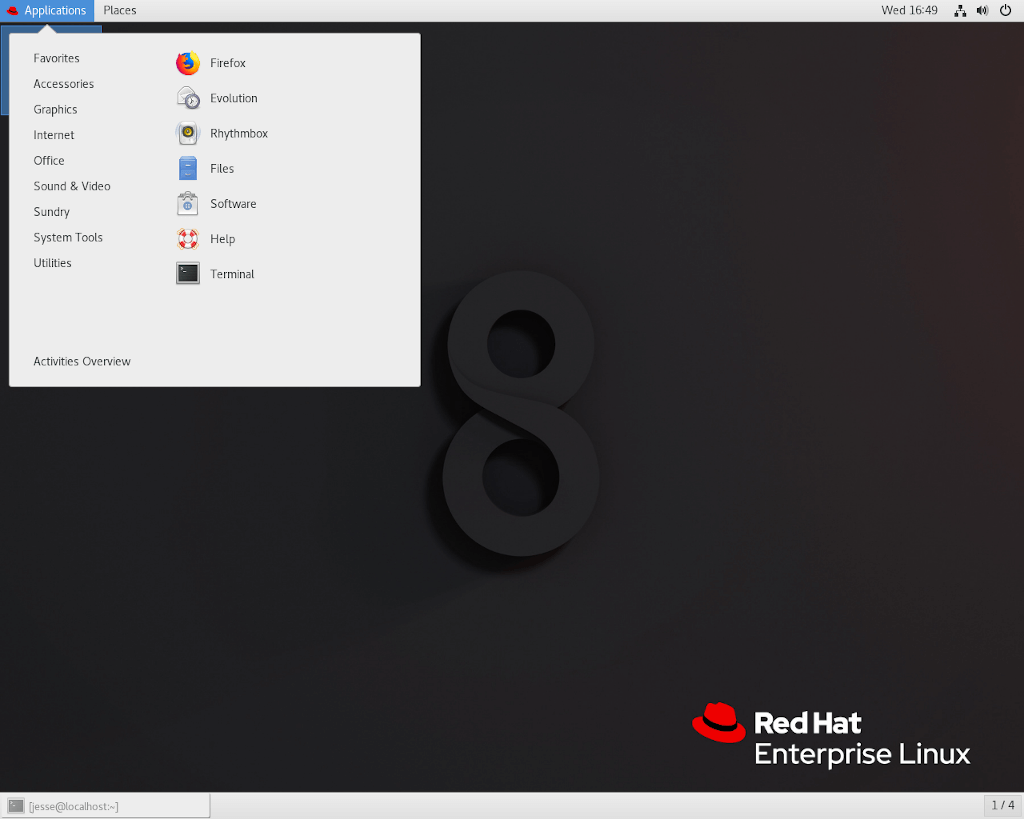
7. Raspbian
Raspbian is a Debian-based distribution optimized for the Raspberry Pi and therefore built with a focus on the features necessary for developers to program Raspberry Pi hardware to offer the best possible performance. Its first complete build was completed as far back as 2012 when its image shipped with north of 35,000 packages
Note: Raspbian is the initiative of a dedicated team of collaborators and lovers of the Debian project who wish to fulfill educational goals and encourage development with the Raspberry Pi. It is not affiliated with the Raspberry Pi Foundation.
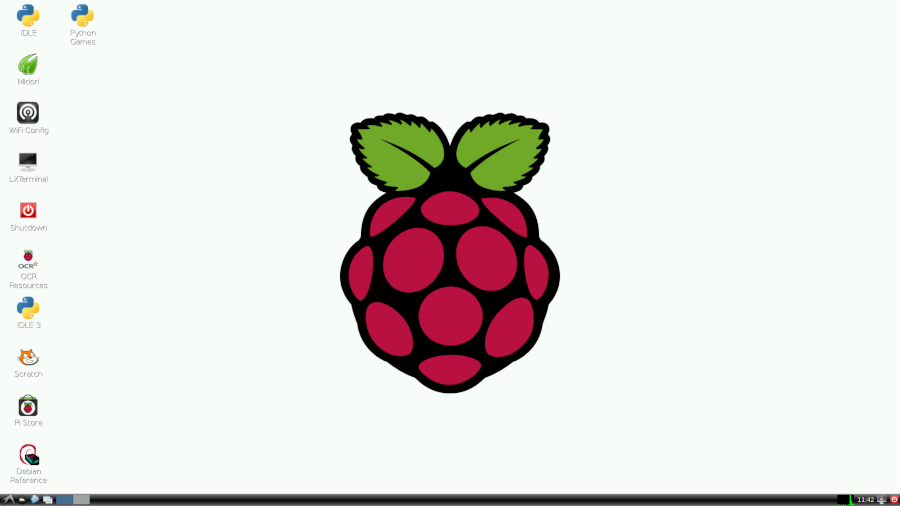
Recommended: 10 Operating Systems You Can Run on Raspberry Pi
8. Ubuntu Core
Ubuntu Core is a streamlined version of the Debian-based Ubuntu distro designed for securely working with and developing IoT systems. It makes explicit use of Canonical’s application packaging technology, snaps, and enables users to develop professional IoT applications from scratch to deployment with security and all other necessary checkboxes in place.
If your development environment is for the Internet of Things, its applications, and/or hardware, then Ubuntu Core is all the goodness of Ubuntu compressed into a portable package for you.
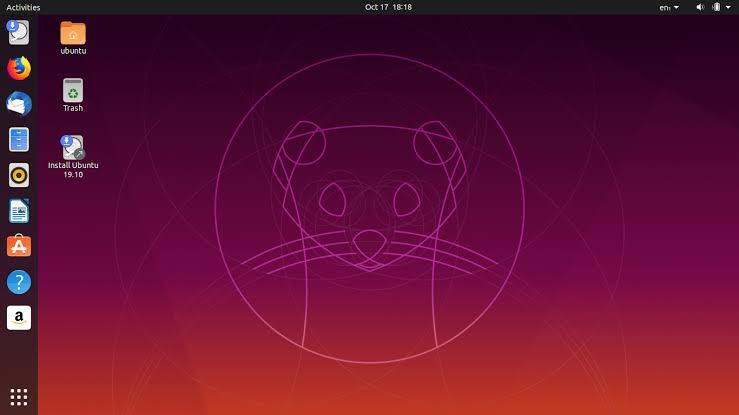
9. Arch Linux
Arch Linux is an independent, powerful do-it-yourself Operating System optimized for x86 and x64 architectures and targetted at competent Linux users. It is distributed as a rolling release with the feature that many users love to hate – the ability for operators to have 100% control over the content and functionality of their Operating System.
Arch Linux is a complex distro to deal with and while it might not be the Linux newbie’s favorite pick, it sure is one of the most commendable distros available today especially given its package manager, Pacman, and the Arch Wiki, which even contains helpful information for non-Arch Linux-based Operating Systems.
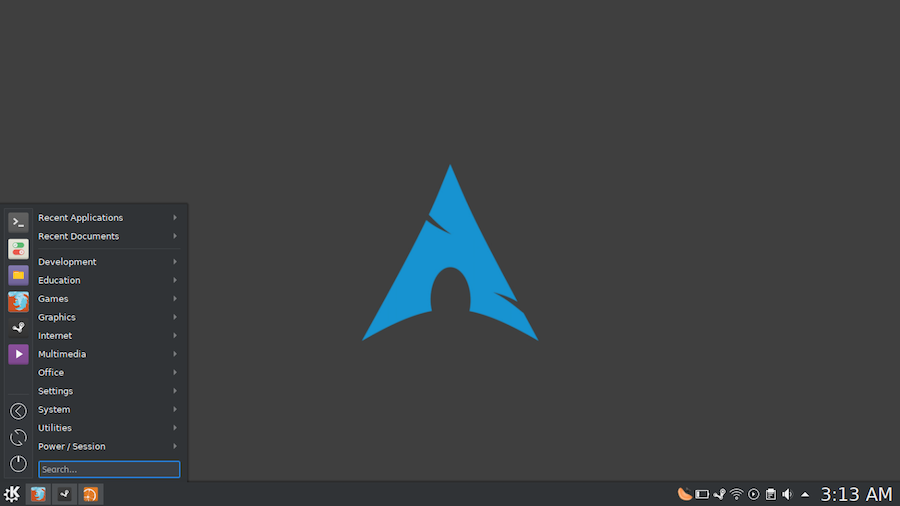
Recommended: 10 Reasons to Use Arch Linux
10. CentOS
CentOS is a Fedora-based community-driven Operating System designed as a non-commercial rebuild of RHEL with a focus on using Linux to deliver a robust open-source ecosystem using 2 versions, CentsOS Linux – a stable release, and CentOS Stream – a rolling release. It ships with a wide range of programming tools for developers alongside enterprise-class stability without charging for support or certification.
If you are intrigued by Red Hat Enterprise Linux but aren’t a company then CentOS is the distribution that you’re looking for.
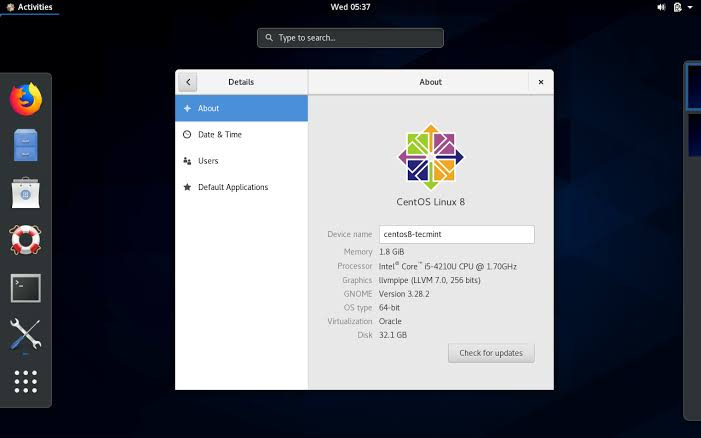
11. OpenMandriva
OpenMandriva is an open-source distro designed with the aim of facilitating the development, management, distribution, and promotion of open-source freeware especially of the projects under its belt. On the kernel level, it is a fork of Mandriva Linux but is developed and improved independently with support from the OpenMandriva Association.
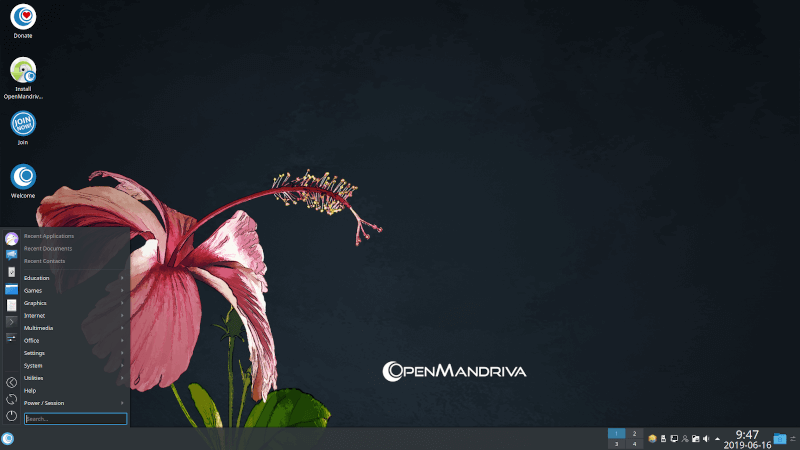
OpenMandriva’s default user interfaces are KDE Plasma 4 & 5, and LXQt. It is notably the first Linux distro to use LLVM/Clang as its main toolchain with the availability of several cross-compilers. If you want an OS made for development, you’re welcome.
It is already common knowledge that Linux computing environments are easy to configure and are even configured for some form of development straight out of the box as opposed to an Operating System like Windows. But no two Operating Systems are the same and some are bound to fulfill your needs better than others.
Which one have you decided to use for your next programming project? Feel free to let us know your thoughts and suggestions in the comments section below.

OpenMandriva is another very good option: It’s the first distribution that made LLVM/Clang its main toolchain and has a load of cross-compilers.
If you prefer the LLVM toolchain, this is definitely the development distro to go to.